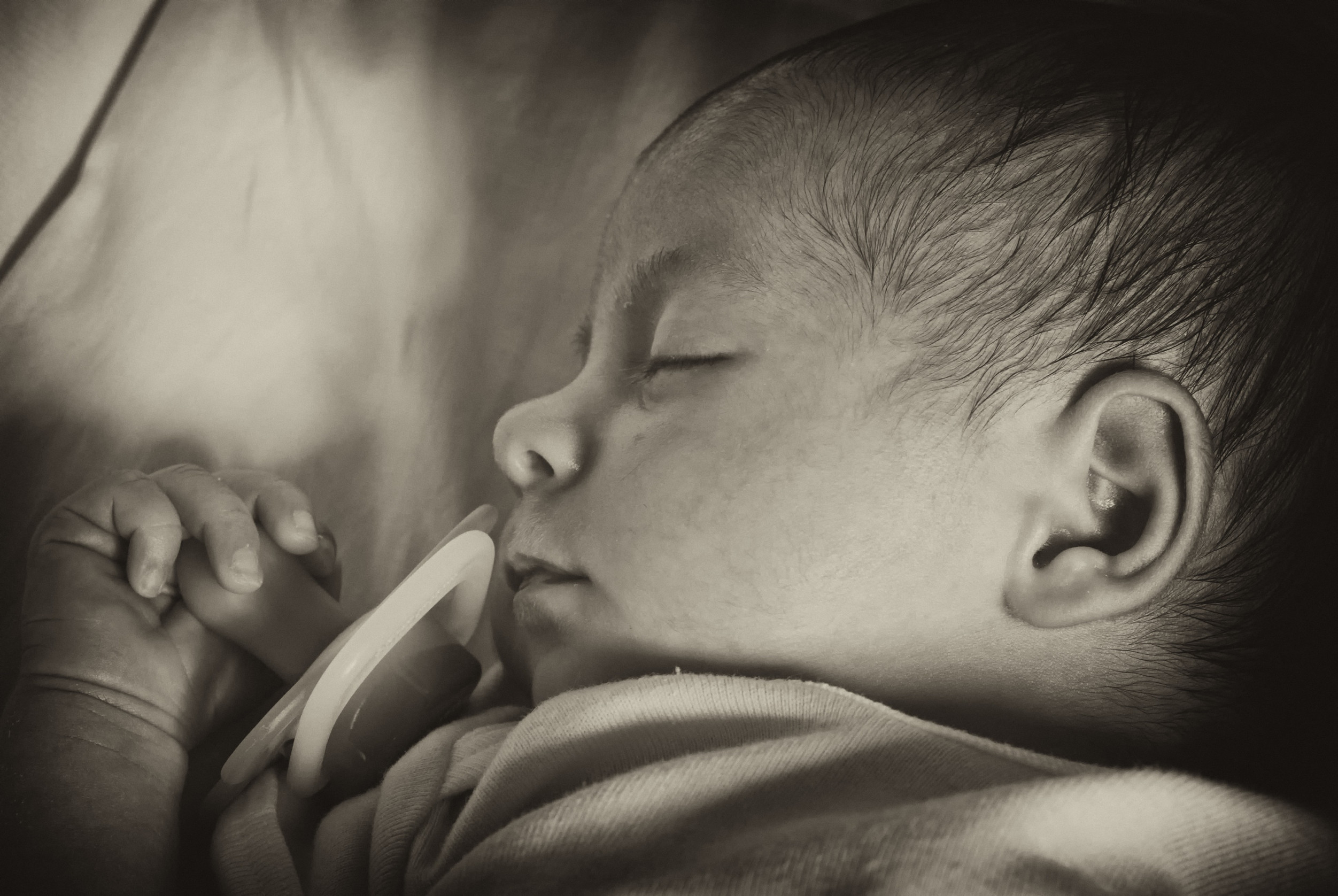The debate over the ‘Cry It Out’ (CIO) method of sleep training has polarized parents and experts for years. This technique, which involves letting a baby cry for controlled periods to encourage self-soothing, has both ardent supporters and strong critics.
Advocates say CIO leads to better sleep patterns and improved parental well-being, while detractors worry about potential emotional harm to the infant. In this article, we delve into the research, benefits, and criticisms of the CIO method, offering insights to help you decide what’s best for your family. By understanding both sides of the debate, you can make an informed decision tailored to your child’s needs.
Understanding the CIO Method
The Cry It Out method involves allowing a baby to cry for set intervals before offering comfort. This approach is based on the idea that babies will eventually learn to self-soothe and fall asleep on their own. Proponents point to studies showing that CIO can improve sleep duration and quality for both infants and parents. It is typically recommended to begin this method when a baby is between 4 and 6 months old. Experts stress that consistency and a gradual increase in waiting time are key elements for success.
Benefits Reported by Advocates
Many parents report that CIO significantly improves sleep patterns, benefiting both the child and the entire family. Better sleep can lead to improved mood, increased energy, and reduced stress levels for parents. Some studies indicate that sleep training methods like CIO do not have long-term negative effects on emotional development. The quick results achieved by this method are often cited as a major advantage. Additionally, a well-rested baby can be more alert and content during waking hours, contributing to overall development.
Criticisms and Concerns
Critics of the CIO method argue that allowing a baby to cry without immediate comfort can cause emotional distress. Some worry that prolonged crying may lead to elevated stress hormone levels in infants. There are concerns about potential impacts on the child’s attachment and trust with caregivers. Parents who are uncomfortable with listening to their baby cry may find the method emotionally challenging. These concerns have led some experts to recommend gentler sleep training alternatives that focus on gradual soothing.
Alternative Sleep Training Methods
For parents seeking less stressful alternatives, several gentler sleep training methods are available. The Pick-Up/Put-Down method involves comforting the baby before returning them to their crib, gradually reducing the need for intervention. The Chair Method allows parents to remain present while slowly distancing themselves over time. Gradual extinction methods help minimize crying while still promoting independent sleep. Each alternative offers a different balance between parental involvement and fostering self-soothing skills.
What Research Tells Us
Scientific studies on the CIO method present mixed findings, with some showing no long-term negative effects and others urging caution. Research published in reputable journals indicates that, when implemented correctly, CIO does not harm the parent-child bond. However, the variability in individual child temperament means that one method may work well for some but not for others. It is important to review multiple studies and consider your child’s unique needs. Informed decision-making requires balancing empirical evidence with your parental instincts.
Making the Best Decision for Your Family
Ultimately, choosing a sleep training method should be based on your child’s temperament and your comfort level as a parent. Reflect on your family’s values, your baby’s responses, and your own emotional well-being. Consulting with your pediatrician can provide personalized advice tailored to your situation. It is also helpful to speak with other parents who have tried different methods. The goal is to ensure a restful night for everyone without compromising the emotional health of your baby.
Have you tried the Cry It Out method, or do you prefer a gentler approach? What challenges have you faced in establishing a sleep routine for your baby? Share your experiences, tips, and questions in the comments below to help other parents navigate this challenging decision.
Read More:
When A Child Bumps Their Head to Go to Sleep, Here’s What It Means
Doctors Swear by These 7 Baby Sleep Hacks—And They Actually Work
Tamila McDonald is a U.S. Army veteran with 20 years of service, including five years as a military financial advisor. After retiring from the Army, she spent eight years as an AFCPE-certified personal financial advisor for wounded warriors and their families. Now she writes about personal finance and benefits programs for numerous financial websites.


Leave a Reply